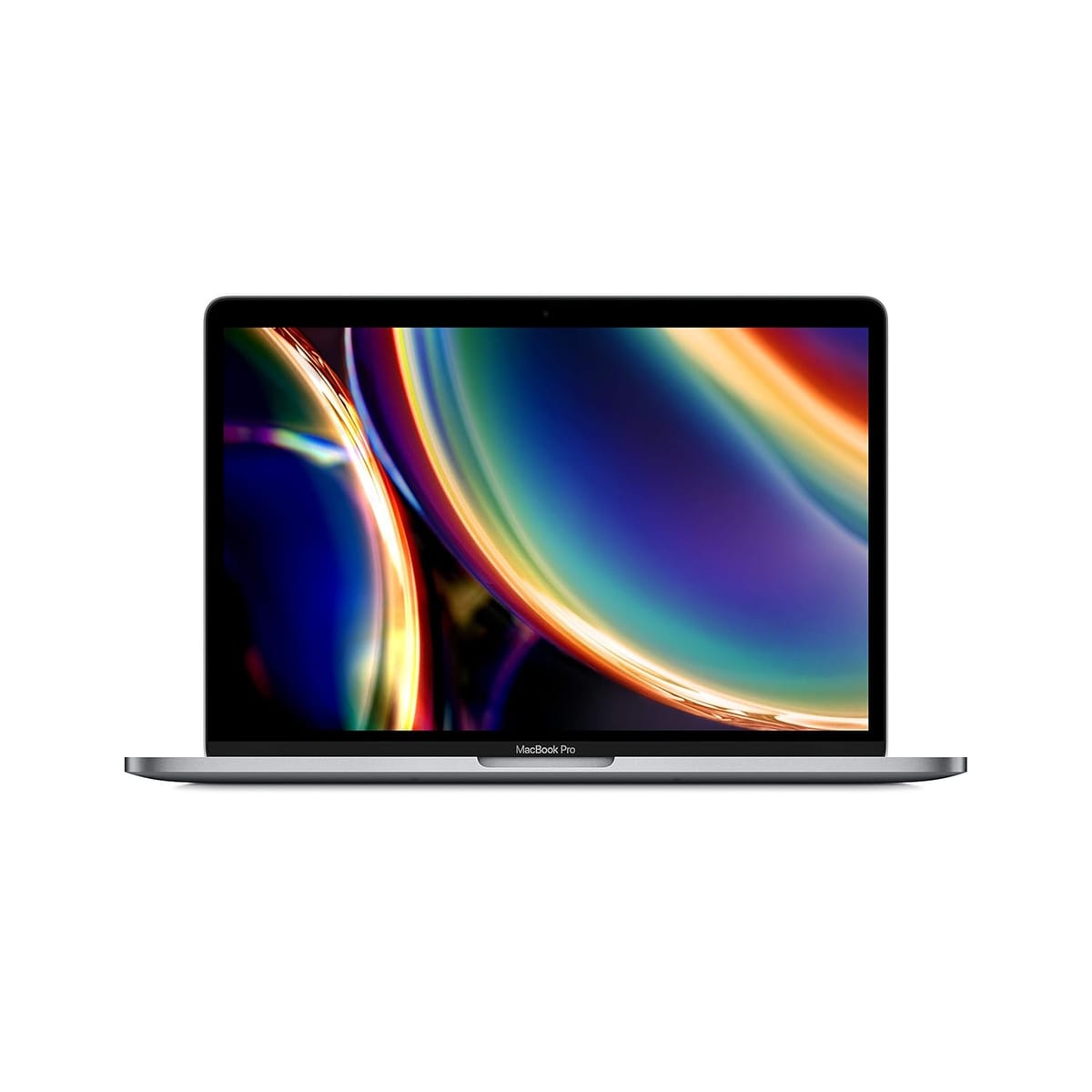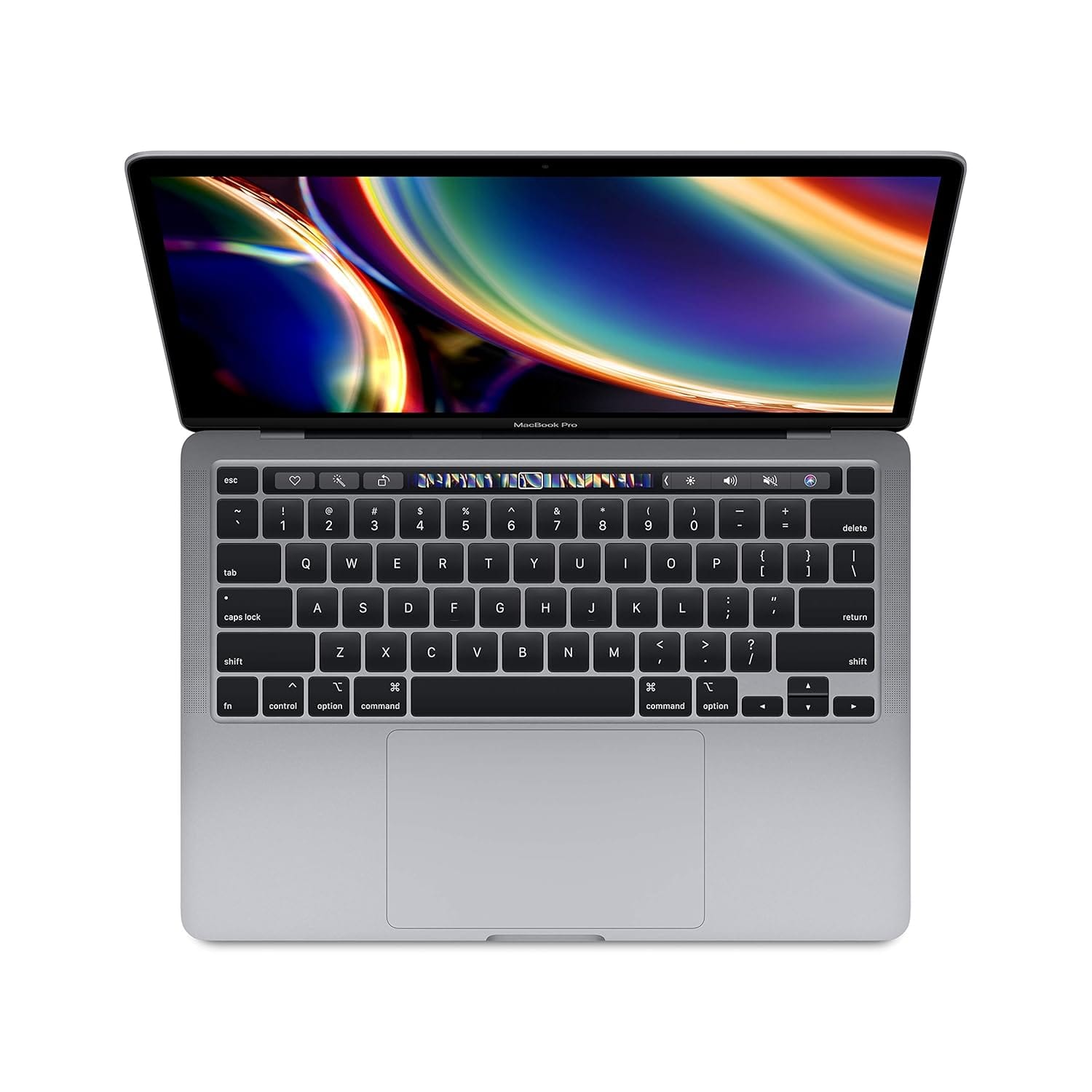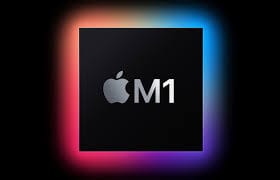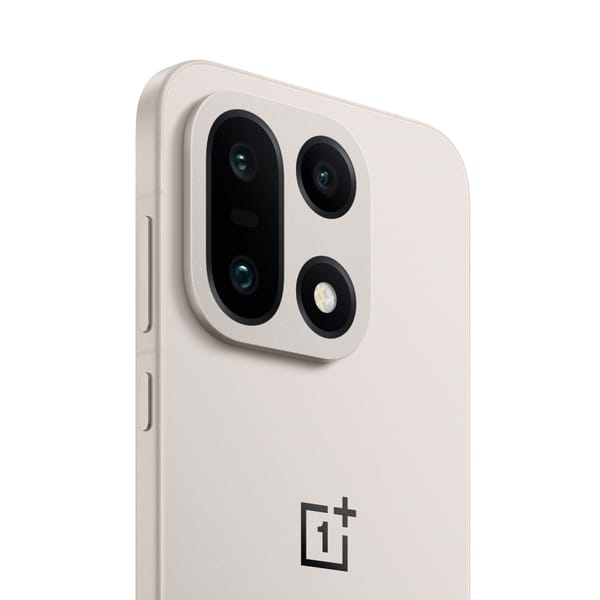MacBook Pro 13″ M1 (2020) Review: Compact Powerhouse for Professionals
MacBook Pro 13" M1, 8GB RAM, 512GB SSD, Retina screen. Active cooling, top productivity for professionals.

Introduction
In 2020, Apple followed up the groundbreaking MacBook Air M1 with the MacBook Pro 13″ M1 (A2338), its first Pro model powered by Apple Silicon. This laptop was built to bridge the gap between the ultra-portable Air and the larger, more powerful MacBook Pro 16. Equipped with the same M1 chip but paired with active cooling and sustained performance, the 13-inch M1 Pro quickly became a favorite among professionals seeking portability without compromising power.
Even today in 2025, the MacBook Pro M1 holds its ground in the refurbished market, especially for creators, coders, and business professionals. With its Retina display, active cooling, and longer sustained performance than the Air, it provides a sweet balance between power and portability. But how does it compare to the latest MacBook Pro M4 and even the MacBook Air M4? Let’s dive deeper.
Specifications Overview
| Feature | MacBook Pro 13″ M1 (A2338) |
|---|---|
| Processor | Apple M1, 1st Gen Apple Silicon, 8 cores |
| RAM | 8 GB Unified LPDDR5 |
| Storage | 512 GB SSD |
| GPU | Apple Integrated 8-core GPU (shared memory) |
| Display | 13.3″ Retina, 2560×1600 resolution, 60 Hz |
| Touchscreen | No |
| Dimensions | 30.41 × 21.24 × 1.56 cm |
| Weight | ~1.4 kg |
| Ports | 2× Thunderbolt 3 (USB-C), 1× Audio Jack |
| Special Features | Active cooling system, sustained performance, Retina display |
Design and Build Quality
The MacBook Pro 13″ M1 retains Apple’s classic minimalist design with an all-aluminum unibody build. At 1.4 kg, it’s slightly heavier than the M1 Air but still portable and slim. The uniform thickness gives it a sturdier profile compared to the wedge-shaped Air.
Apple’s Magic Keyboard offers a precise and reliable typing experience, with responsive feedback ideal for long work sessions. The Force Touch trackpad is large, smooth, and among the best available on any laptop.

The biggest difference compared to the M1 Air lies in its active cooling system. Instead of a fanless design, this model features a fan that keeps the M1 chip running at higher speeds for longer. This makes it more suitable for professionals with heavier workloads like sustained video editing or coding projects.
Display and Audio
The 13.3″ Retina display with 2560×1600 resolution continues to impress. With P3 wide color gamut and True Tone technology, visuals appear sharp, accurate, and vibrant. While it lacks ProMotion or HDR found in newer Pro models, it’s more than capable for content creation, presentations, and everyday work.
Audio performance is excellent for its size. The stereo speakers produce clean sound with decent bass, making it great for video calls, music, or watching movies. The studio-quality three-mic array provides clear audio input, while the FaceTime HD camera remains limited to 720p but benefits from Apple’s software processing.
Performance and Everyday Usage
At the heart of the MacBook Pro 13″ is the Apple M1 chip with 8 CPU cores and an 8-core GPU. While the Air also used M1, the Pro’s active cooling system allows it to maintain higher performance over longer periods without throttling.

This makes the MacBook Pro M1 ideal for:
- Running Xcode and compiling large projects
- Editing videos in Final Cut Pro or Adobe Premiere Pro
- Photo editing in Photoshop or Lightroom
- Managing multiple virtual desktops and heavy multitasking
For most creative professionals and advanced users, the MacBook Pro 13″ M1 provides a smooth and powerful experience. It set a new benchmark in 2020 and remains strong even five years later.
Battery Life
Apple claimed up to 20 hours of battery life when the MacBook Pro M1 launched. Real-world tests confirm 17–20 hours of light to moderate use, making it one of the longest-lasting laptops in its class.
Compared to the M1 Air, the Pro manages slightly better efficiency under heavier workloads because of its cooling system. For professionals who need all-day battery life, this machine continues to deliver.
Connectivity and Ports
The MacBook Pro M1 is equipped with:
- 2× Thunderbolt 3 (USB-C)
- 1× 3.5 mm headphone jack
While versatile, the limited number of ports may frustrate users who need HDMI, USB-A, or SD card access. A USB-C hub or dock is often necessary for professionals with external displays and peripherals.
Wireless connectivity includes Wi-Fi 6 and Bluetooth 5.0, ensuring stable modern connections.
Why the MacBook Pro 13″ M1 Still Matters in 2025
- Provides sustained performance over the M1 Air thanks to active cooling
- Long-lasting battery that rivals newer laptops
- Premium build with excellent keyboard and trackpad
- Strong GPU performance for light to moderate creative tasks
- Affordable pricing in the refurbished market compared to M2/M3/M4 models
Comparison with MacBook Pro M4 and MacBook Air M4
| Feature | MacBook Pro M1 (2020) | MacBook Air M4 (2024/2025) | MacBook Pro M4 (2025) |
|---|---|---|---|
| CPU & Architecture | M1 (1st Gen Apple Silicon, 8 cores) | M4 (latest generation, highly efficient) | M4, significantly faster and optimized for pro apps |
| GPU | 8-core integrated GPU | Improved integrated GPU | Far stronger GPU, excellent for pro workflows |
| RAM | 8 GB unified | 8–24 GB unified | Up to 48–64 GB unified |
| Display | 13.3″ Retina, 60 Hz | Retina, brighter and more efficient | Liquid Retina XDR, ProMotion 120 Hz, HDR |
| Ports | 2× TB3, Audio Jack | 2× TB4, Audio Jack | Multiple TB4, HDMI, MagSafe, SDXC |
| Battery Life | ~20 hours | ~20–22 hours | ~20+ hours with high performance |
| Weight | ~1.4 kg | ~1.24 kg | ~1.6–2.1 kg depending on model |
| Pricing (2025) | Affordable refurbished | Mid-range, new | Premium pricing, pro-grade machine |
The MacBook Pro M1 still feels fast, but compared to M4 Pro models, it shows its age in display technology, RAM capacity, and raw power. The Air M4 is lighter and efficient, but the M1 Pro offers better sustained performance for heavy tasks at a fraction of the price.
Pros & Cons
Pros
- Active cooling ensures sustained performance
- Superb battery life (up to 20 hours)
- Compact and portable form factor
- Retina display with wide color support
- Great value as refurbished
Cons
- Limited to 2 ports
- Webcam resolution outdated
- Base RAM of 8 GB may limit heavy multitasking
- Lacks advanced display features of newer models
Why Buying Refurbished Makes Sense
The MacBook Pro 13″ M1 remains one of the best refurbished MacBooks in 2025. Refurbished buying benefits include:
- Lower pricing compared to newer M3 or M4 models, often saving 40–50%.
- Proven reliability with Apple’s first-gen M1 chip, which still receives full macOS support.
- All-day battery life that competes with new models.
- Eco-friendly choice, extending the lifecycle of premium hardware.
At around ₹42,000 in the refurbished market, the MacBook Pro M1 offers an excellent balance of performance, portability, and price.
Conclusion
The MacBook Pro 13″ M1 (A2338) remains a landmark device in Apple’s lineup. It brought pro-level performance in a compact, portable body at a time when Intel MacBooks were lagging behind. With active cooling, long-lasting battery life, and a crisp Retina display, it continues to be an excellent option for professionals in 2025—especially at refurbished prices.
While the MacBook Pro M4 offers a significant leap in performance and display technology, and the MacBook Air M4 wins in portability and efficiency, the M1 Pro 13″ strikes the perfect middle ground. It’s a cost-effective entry point into professional-grade Apple laptops.
If you need a machine that delivers reliable performance, excellent battery life, and premium build quality without the premium price tag, the MacBook Pro 13″ M1 is still a smart buy.
FAQs
Q: Is the MacBook Pro M1 still good for professionals in 2025?
A: Yes. It handles video editing, programming, photo editing, and multitasking very well. For high-end workflows, newer M4 Pros are better, but the M1 Pro remains excellent value.
Q: How does the MacBook Pro M1 compare to the MacBook Air M1?
A: Both share the same chip, but the Pro has active cooling, which allows sustained performance for heavier workloads. The Air is lighter and fanless but throttles sooner.
Q: Does the MacBook Pro M1 support the latest macOS updates?
A: Yes. Apple continues to support M1 devices, and they are expected to receive updates well into the late 2020s.
Q: Can I use the MacBook Pro M1 for gaming?
A: It can handle casual and Apple Arcade games, but it’s not a gaming laptop. For heavier gaming, consider Macs with M2/M3/M4 chips or Windows gaming laptops.
Q: Is it worth buying refurbished instead of new?
A: Absolutely. Refurbished MacBook Pro M1 units are reliable, much cheaper than new models, and still offer excellent performance and battery life.



